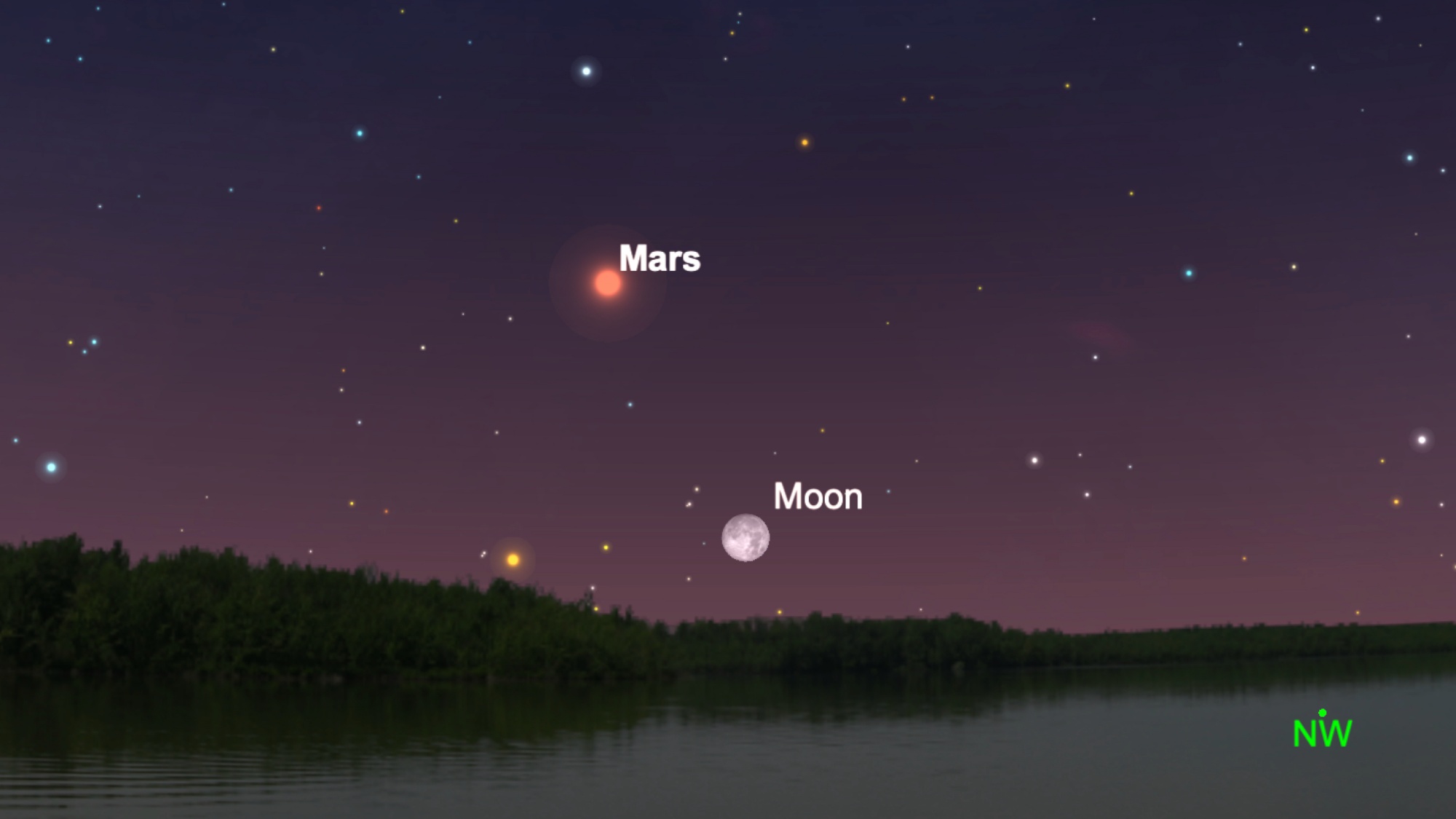
Joe Rao
Joe Rao is Space.com's skywatching columnist, as well as a veteran meteorologist and eclipse chaser who also serves as an instructor and guest lecturer at New York's Hayden Planetarium. He writes about astronomy for Natural History magazine, Sky & Telescope and other publications. Joe is an 8-time Emmy-nominated meteorologist who served the Putnam Valley region of New York for over 21 years. You can find him on Twitter and YouTube tracking lunar and solar eclipses, meteor showers and more. To find out Joe's latest project, visit him on Twitter.
Latest articles by Joe Rao
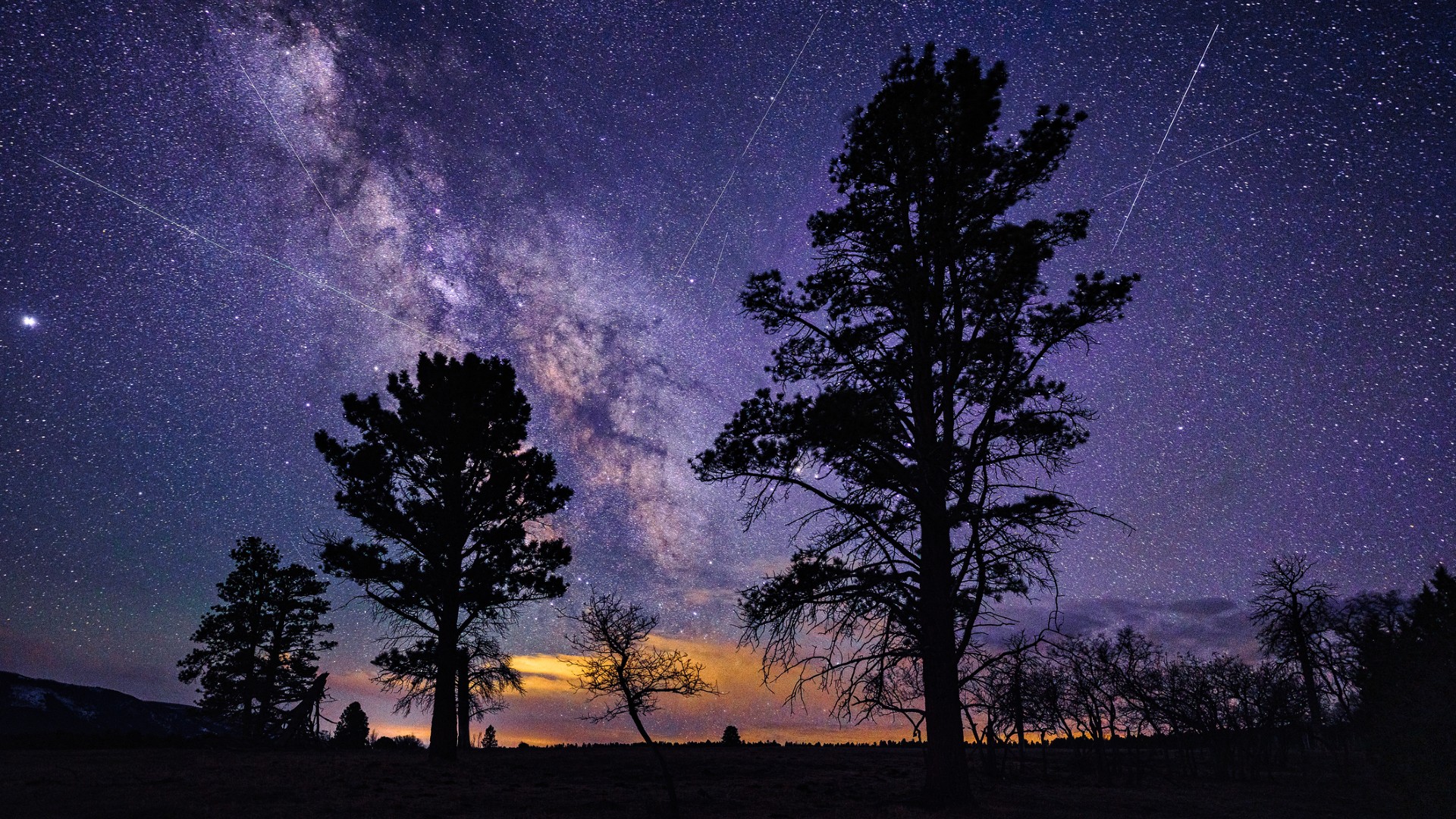
The Lyrid meteor shower begins April 16 to light up the spring night sky
By Joe Rao published
The Lyrids are an annual display of fairly fast meteors that may be seen any night from April 16 to 25.
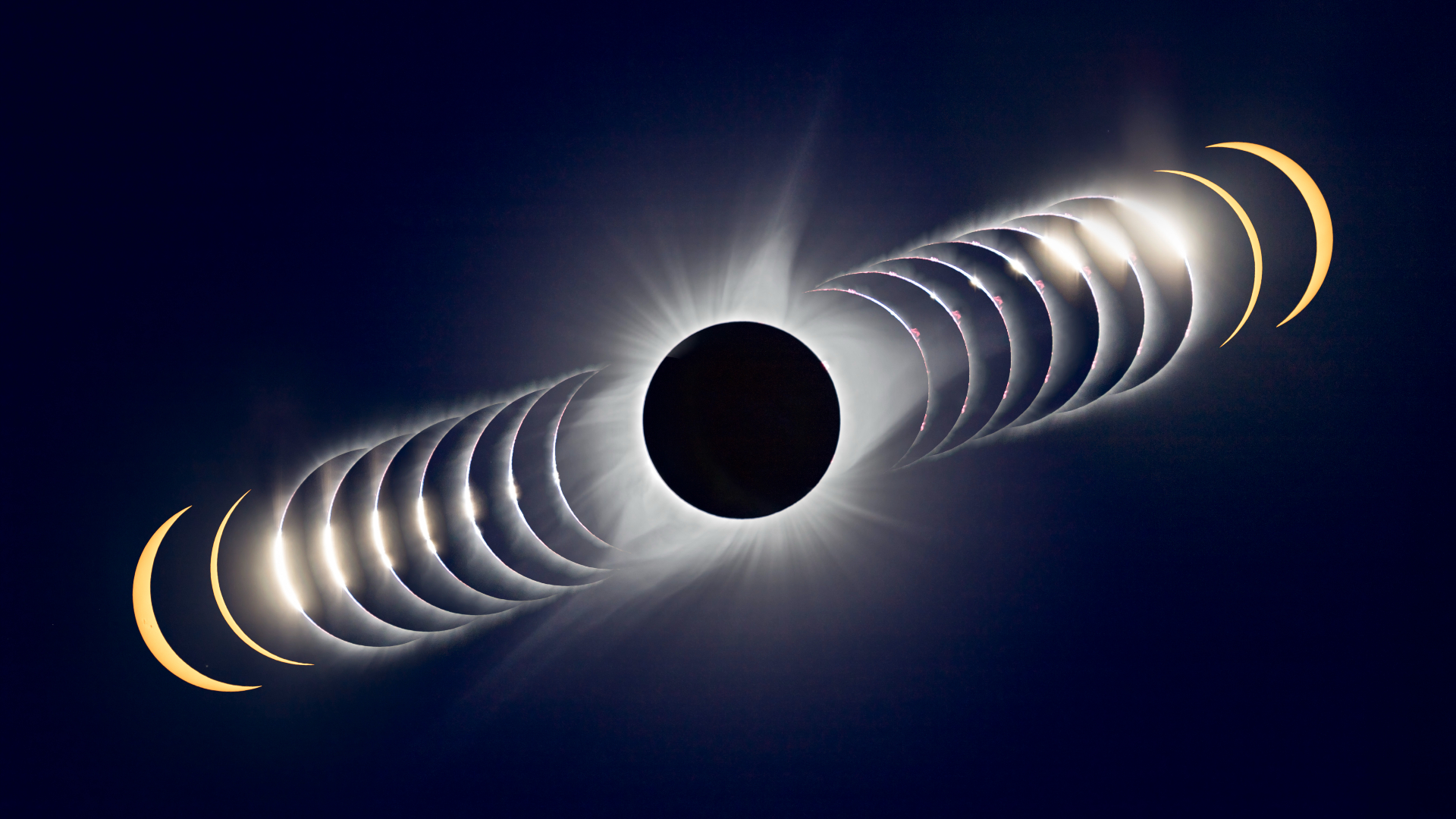
The Great American Solar Eclipse of 2024 is 1 year away! Where is the best place to see it?
By Joe Rao published
On April 8, 2024, a total eclipse will sweep across much of North America. Here we take a look at the weather prospects for the Great American Solar Eclipse.
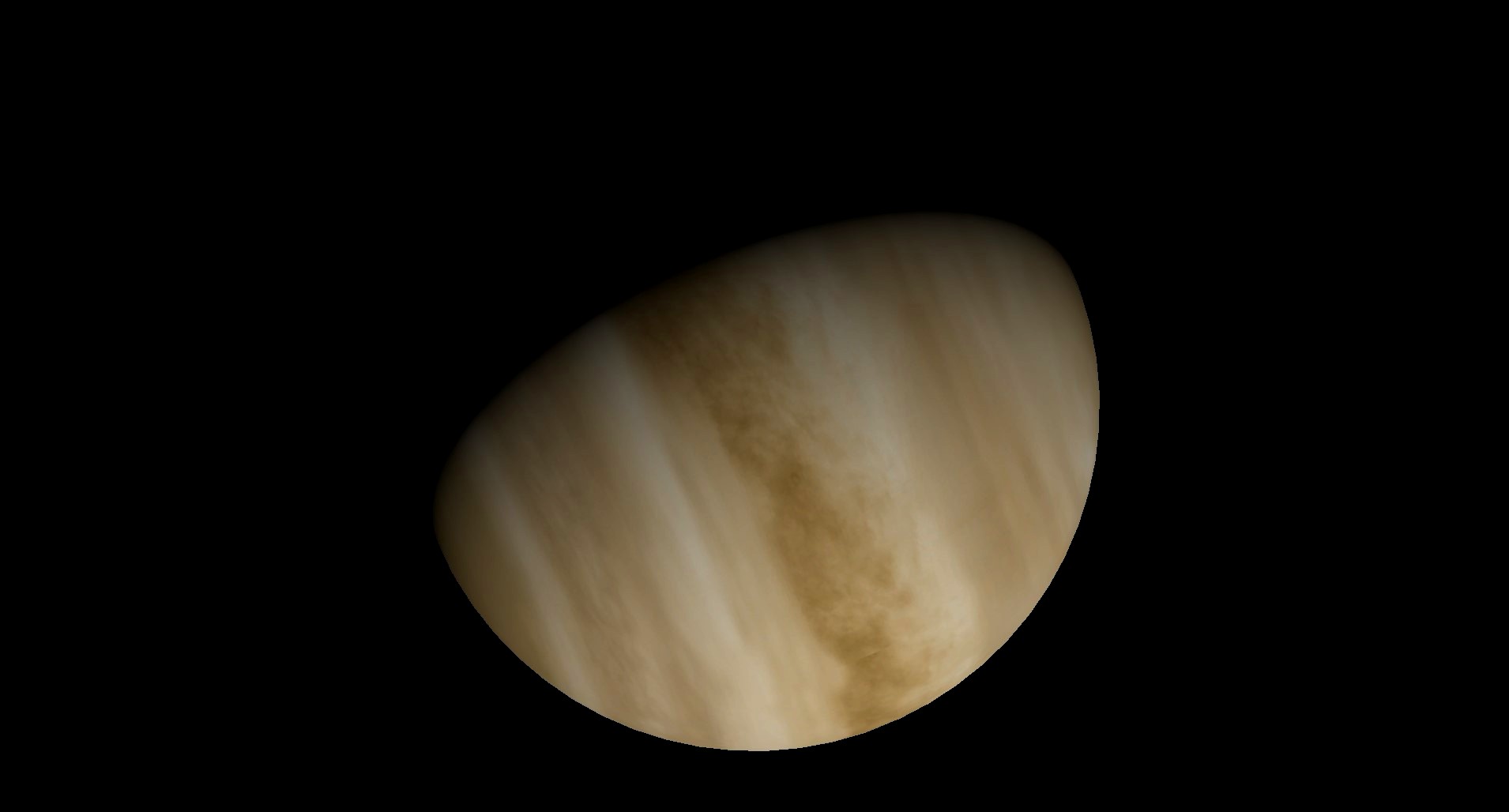
April delights: Mercury, Venus and the Pleiades put on a sky show this month
By Joe Rao published
From now through mid-April, Venus will help you to identify the normally hard-to-find planet Mercury. And along the way, Venus will have a striking interaction with the Pleiades star cluster.
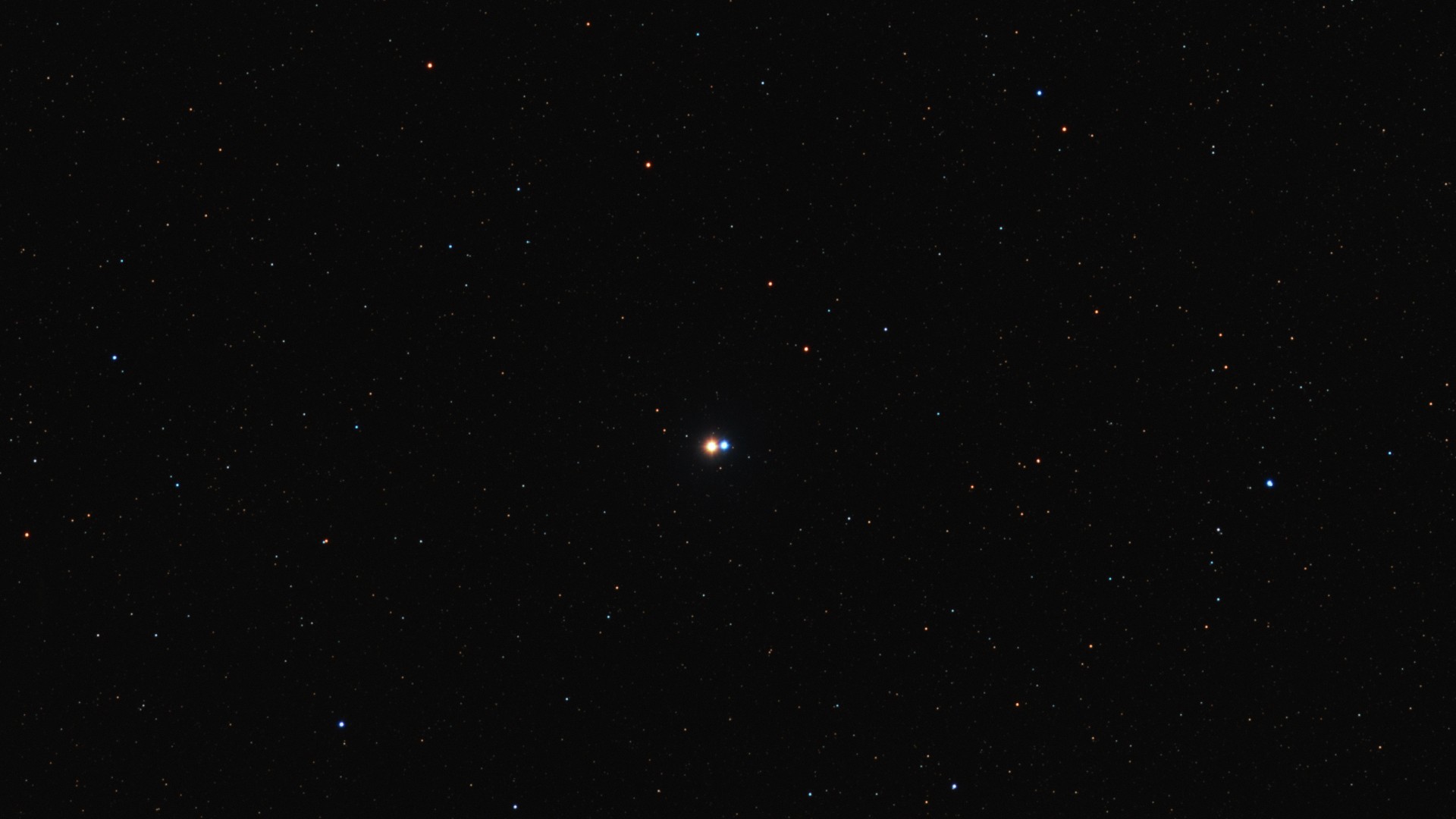
The double stars of spring offer twice the skywatching fun this season
By Joe Rao published
Now that spring is officially here, we have a great view of some of the most interesting double stars in our sky.
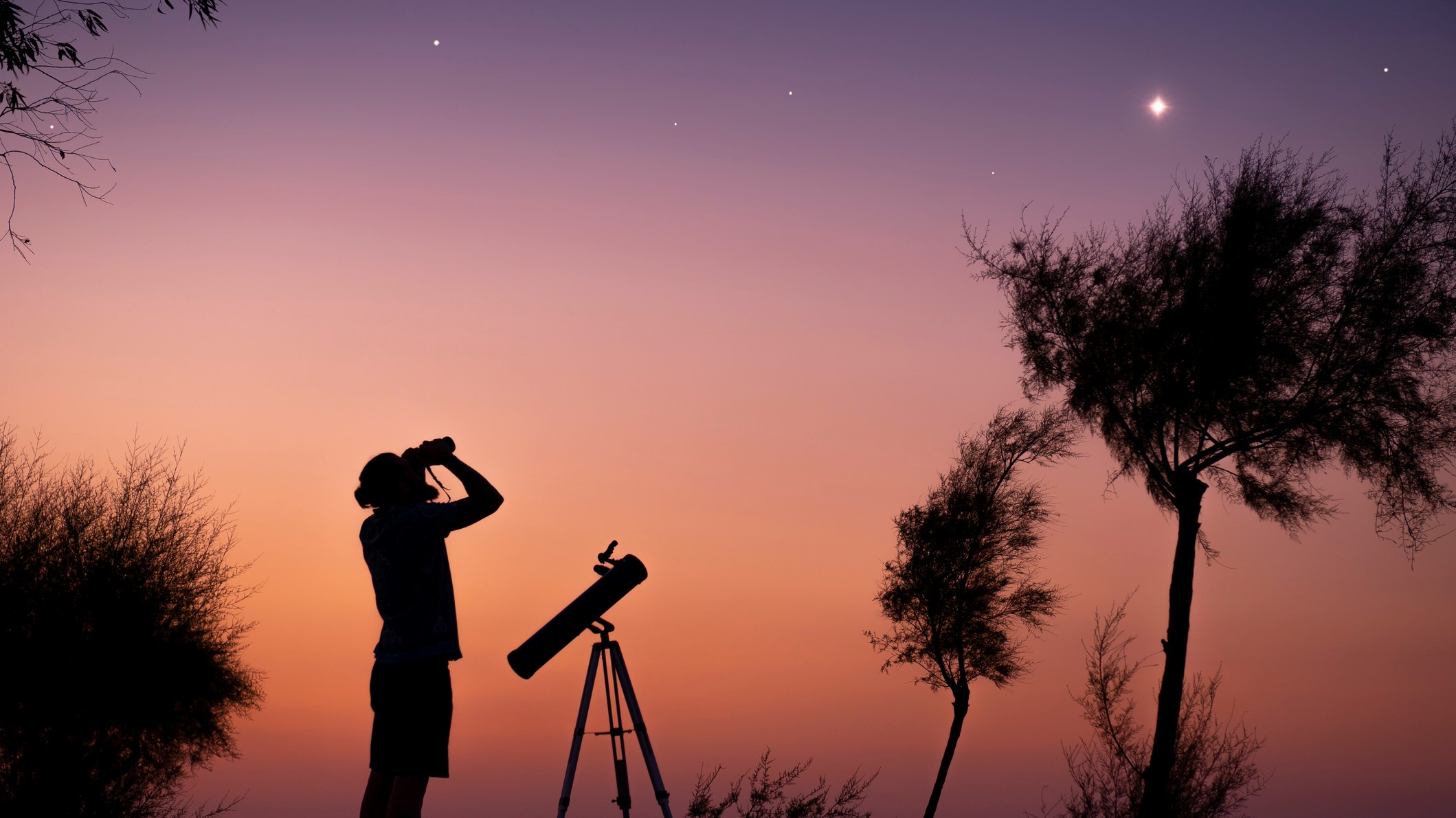
5 planets will align tonight and you won't want to miss it. Here's where to look.
By Joe Rao last updated
On March 27, a cosmic parade of five planets, the moon and a star cluster will line up in the night sky. Here's how to see the special event.

Look up! See Venus shine next to the young moon tonight
By Joe Rao published
On Thursday, March 23, Venus will shine close to the slender slither of the young moon, providing an eye-catching sight in the night sky.
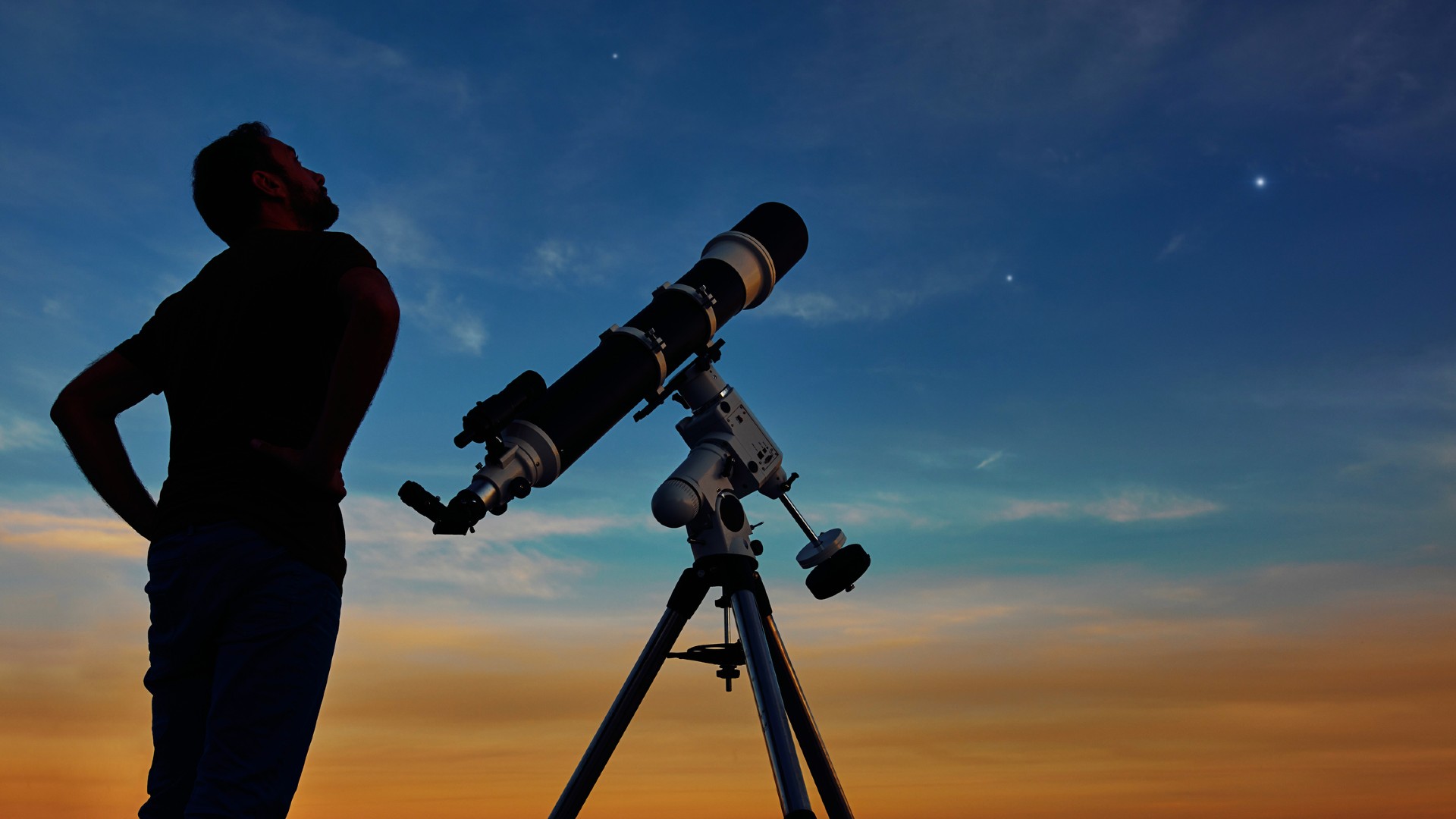
Watch Jupiter meet the moon and Mercury this week before leaving the night sky
By Joe Rao published
Jupiter will meet up with the moon before joining Mercury in late March, after which it will disappear in the glare of the sun until it reappears in May.
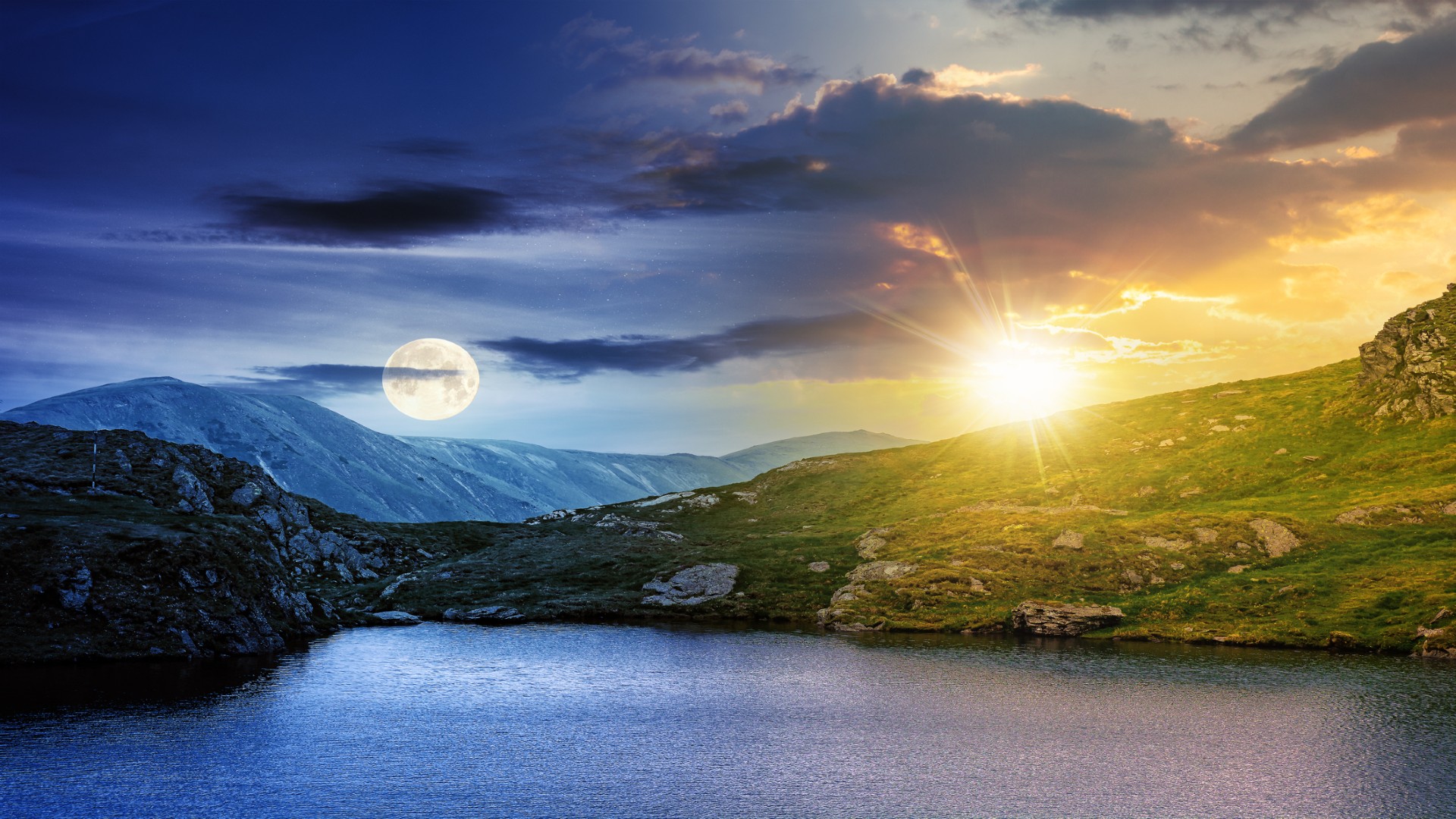
Vernal equinox 2023 brings spring to the Northern Hemisphere with a not-so-equal timing twist
By Joe Rao published
On March 20 at 5:24 p.m. EDT (2:24 p.m. PDT) the spring (or vernal) equinox occurs as the sun's rays shine directly down on the equator.

Say goodbye to winter stars and watch the night sky transition to spring this month
By Joe Rao published
The sky is in transition throughout March as we watch the glorious wintertime stars and bright constellations give way to the somewhat dimmer stars of spring.
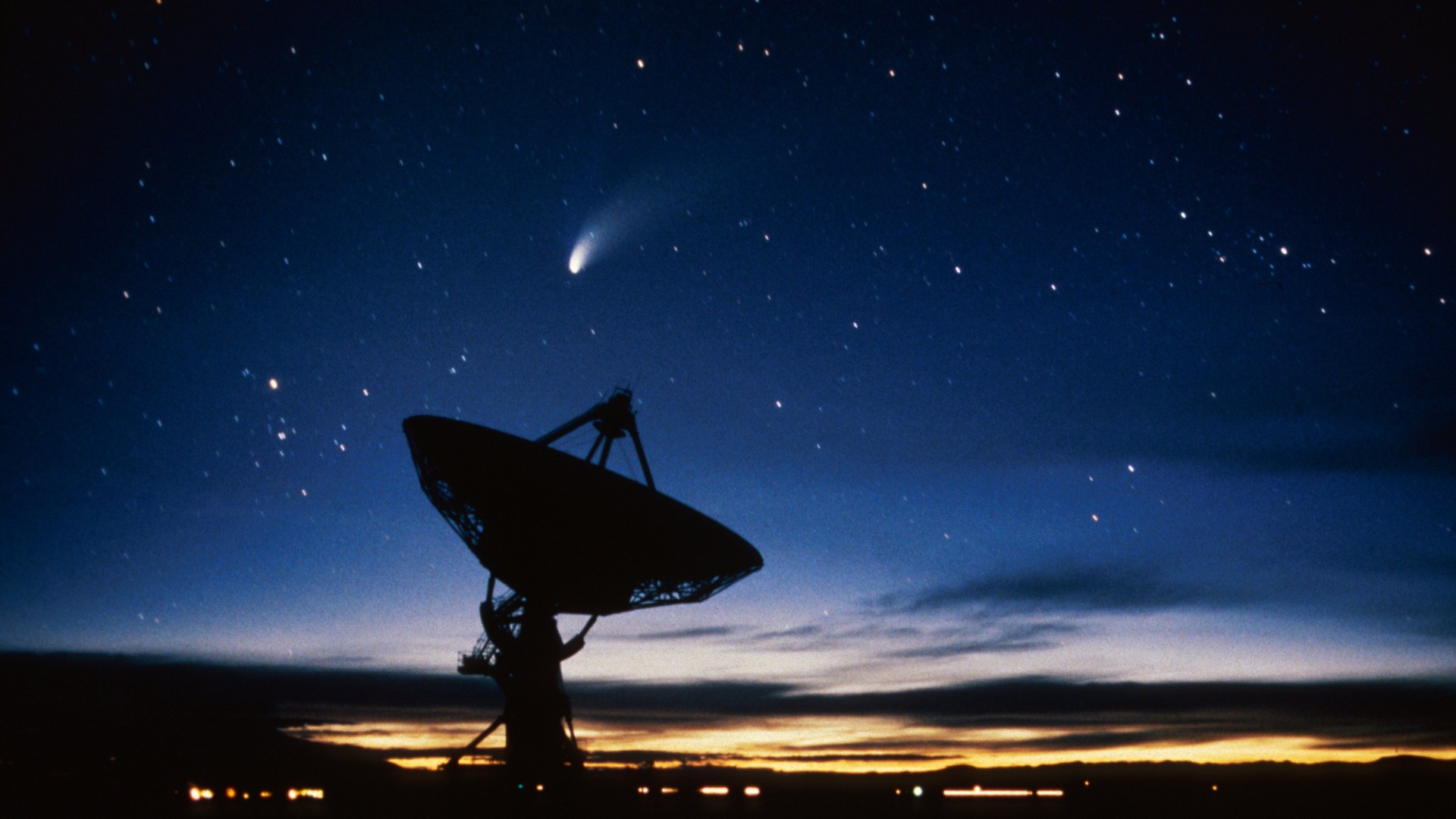
A comet coming in 2024 could outshine the stars - if we're lucky
By Joe Rao published
A comet recently discovered zooming through our solar system has the potential to be quite bright when it arrives late in 2024, but comets have let us down before.
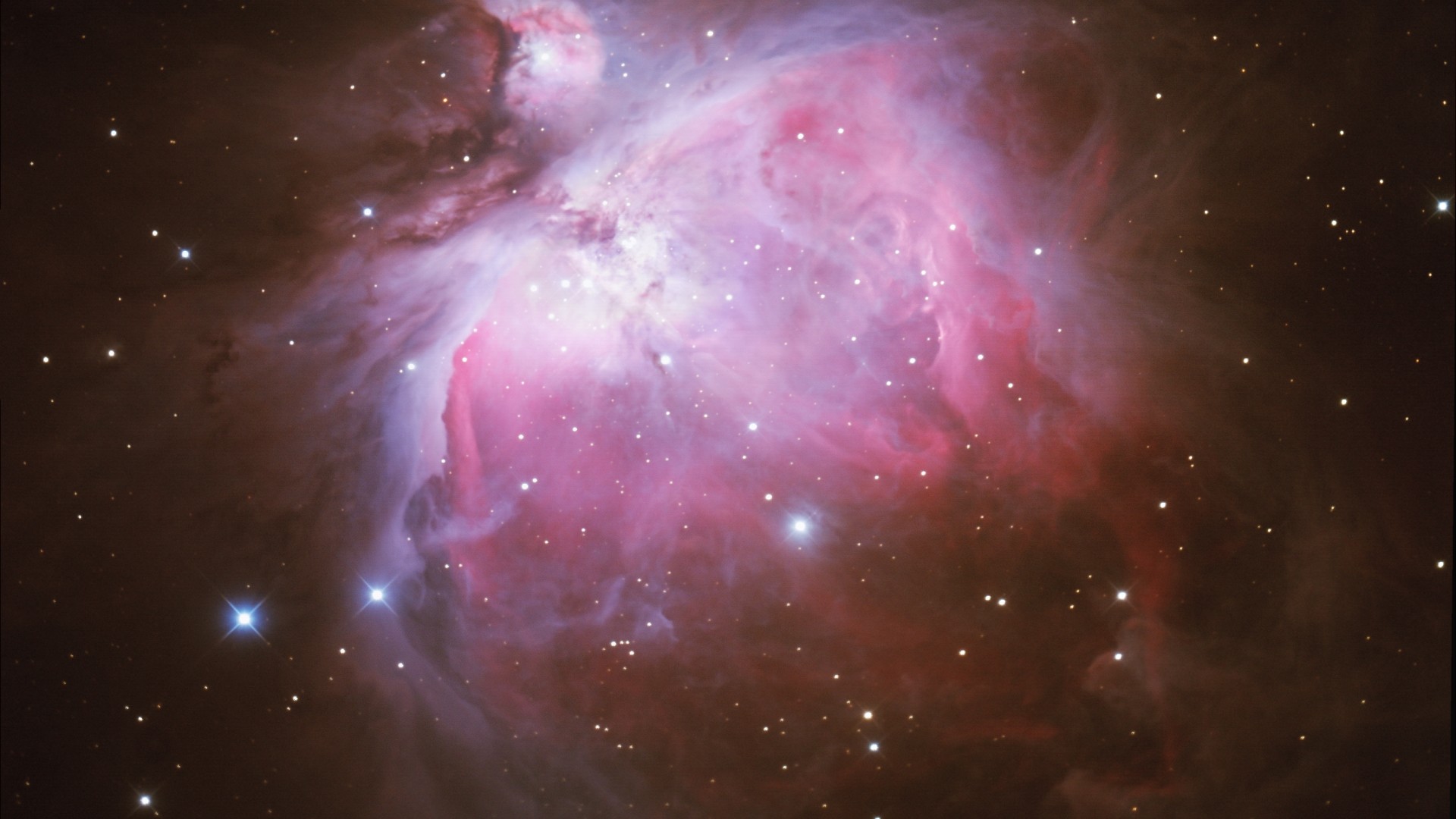
Wonder at the colorful Orion nebula in the southwestern sky throughout March
By Joe Rao published
Undoubtedly, one of the most beautiful objects in the night sky is the Great Orion Nebula, also known as M42, which shines in the southwestern sky in March.
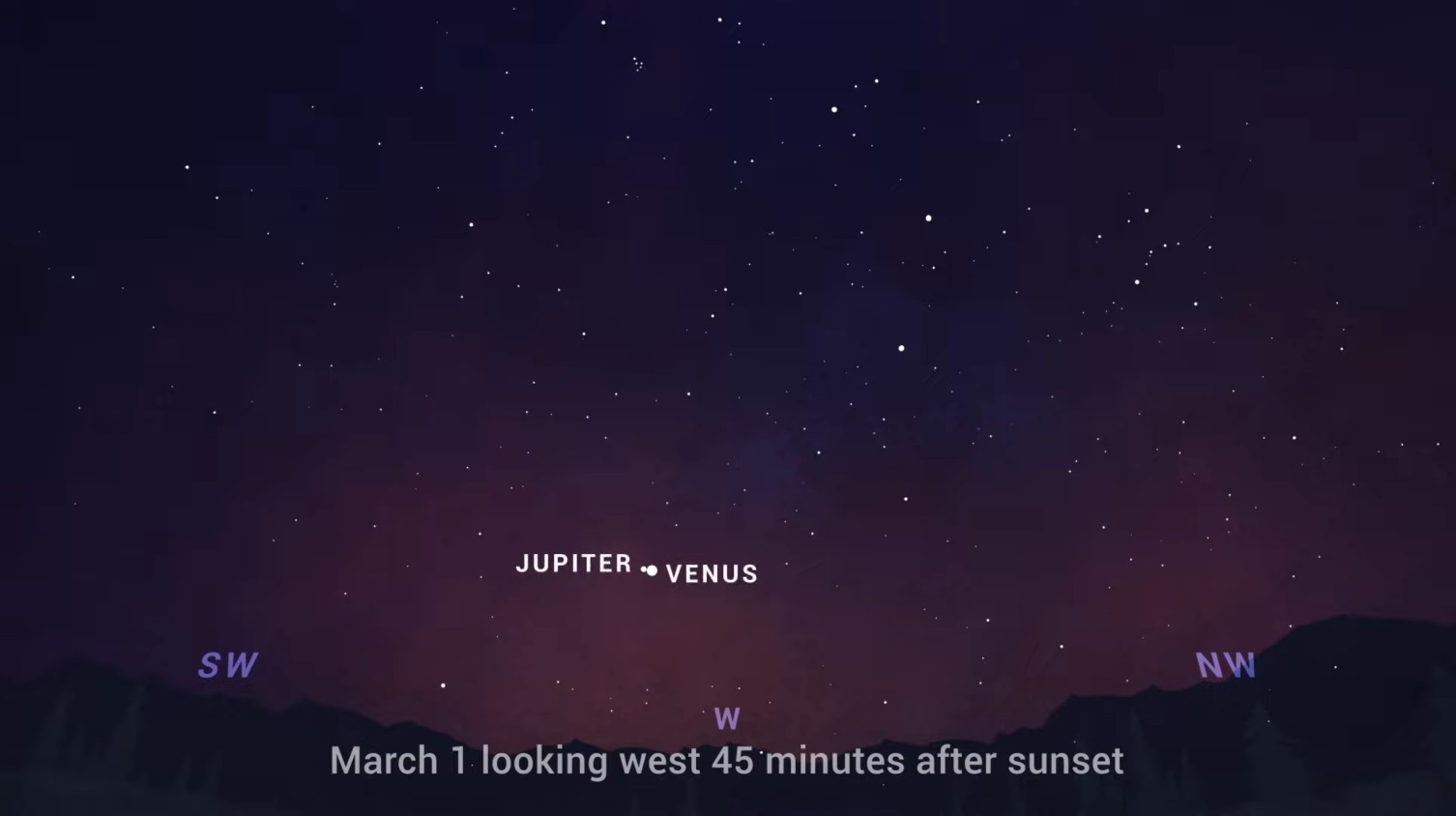
Don't miss Venus and Jupiter shine super close in the night sky. They won't be closer until 2032!
By Joe Rao published
You can catch an incredibly close view of these worlds for 2 hours after sunset tonight (March 1).
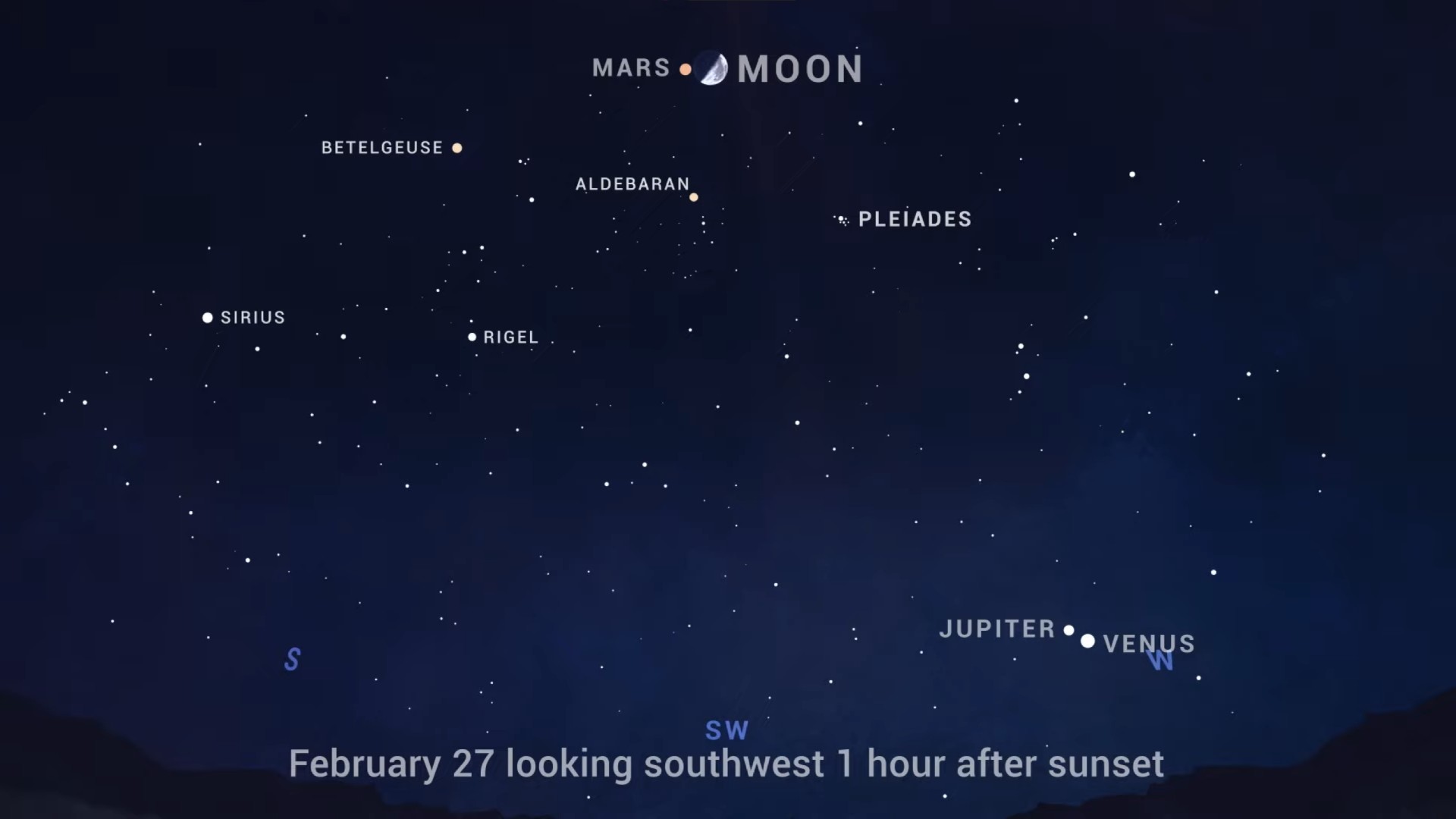
See the half moon pass by Mars in the sky tonight
By Joe Rao published
The moon and Mars will make a close approach high in the sky tonight (Feb. 27), making for a great skywatching spectacle.
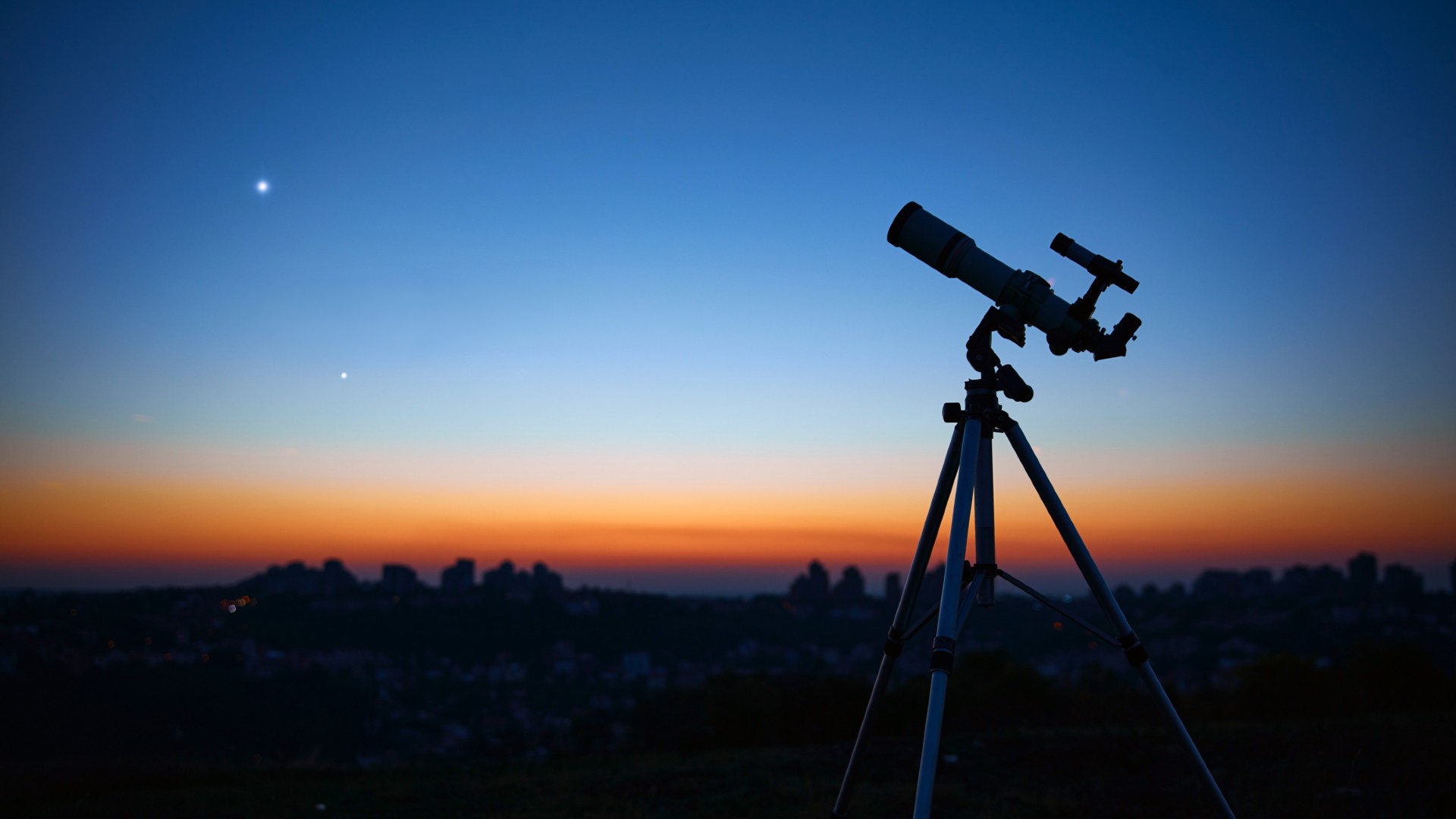
See a bright Venus and Jupiter hold a celestial meeting in the night sky this month
By Joe Rao published
Venus and Jupiter should make for a very striking visual spectacle, no doubt attracting the attention of even those who don't give more than a casual glance at the night sky.
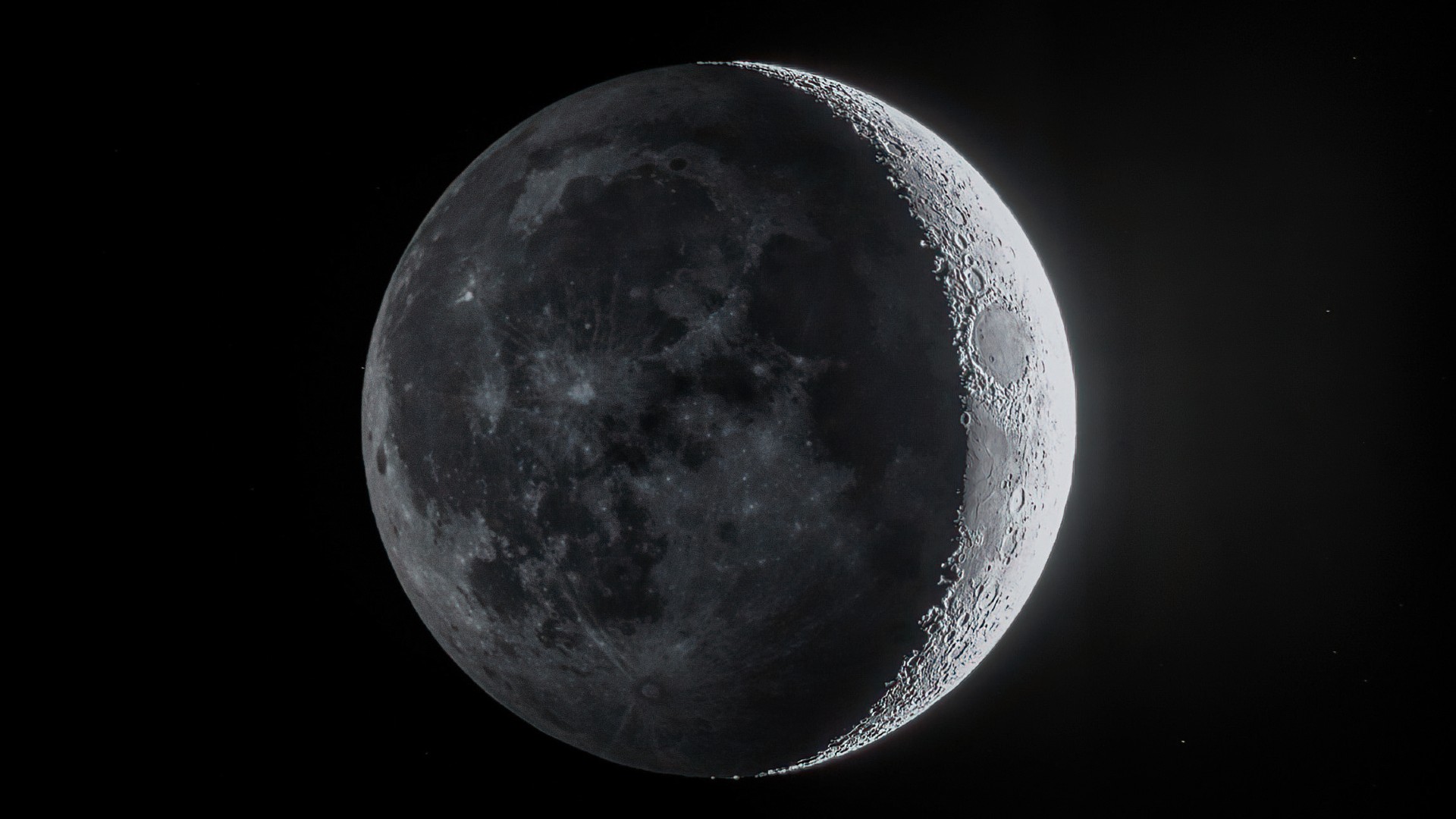
Lunar love affair: Enjoying the beauty of the moon
By Joe Rao published
Throughout history, the has moon remained a favorite skywatching target for astronomers of all levels.

Saturday (Feb. 4), not Groundhog Day, is winter's actual midpoint
By Joe Rao last updated
Although thought of as the halfway point of winter, Groundhog Day actually falls a couple of days short. Winter's midpoint will occur this week on Saturday (Feb. 4).
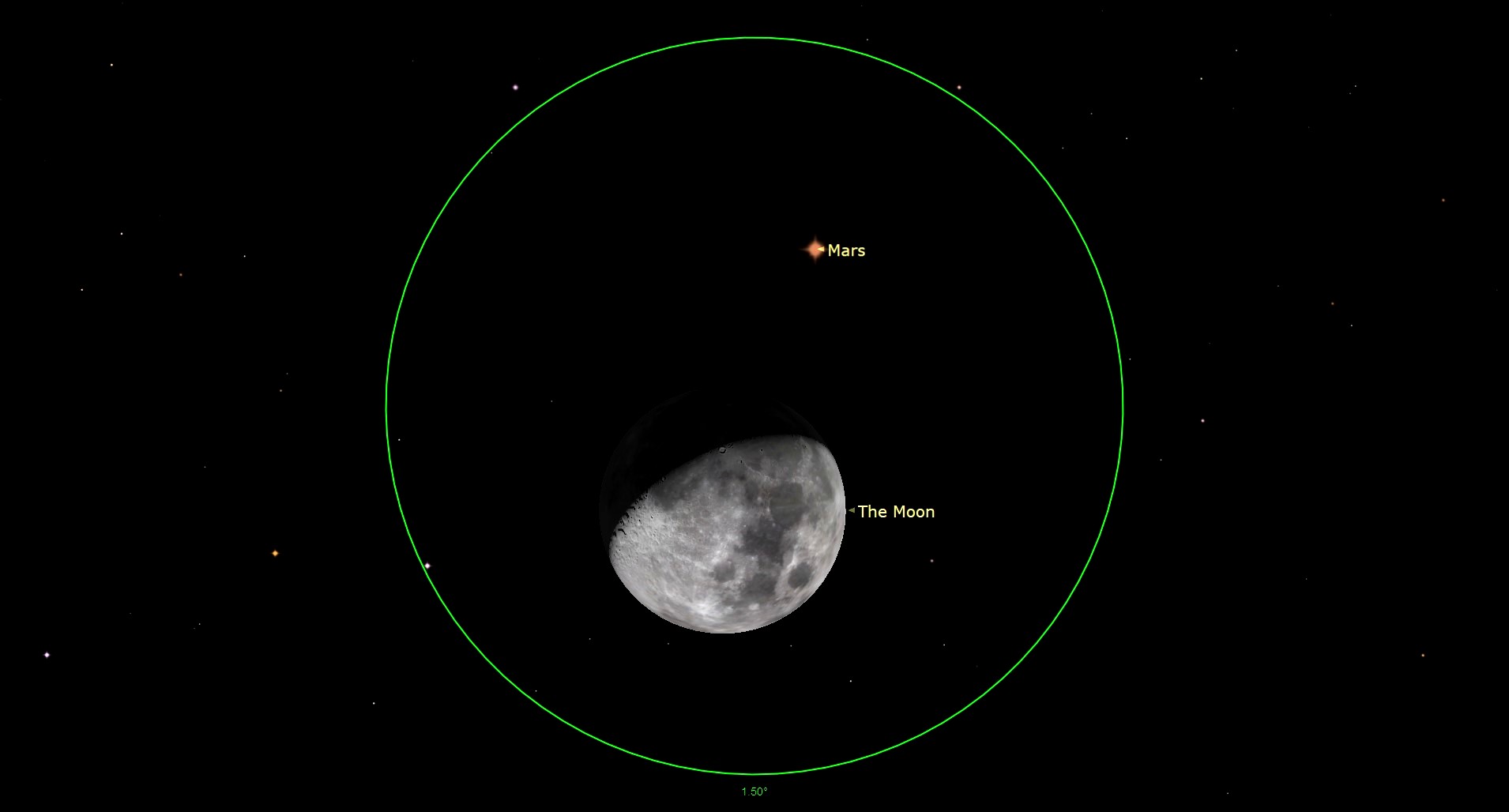
Don't miss the moon eclipse Mars next week on Monday (Jan. 30)
By Joe Rao published
On Monday (Jan. 30), the moon will cross in front of Mars, causing an occultation or eclipse of the planet.

Venus will steal the show in the night sky throughout 2023
By Joe Rao published
The planet Venus is the undisputed star of the night skies throughout 2023
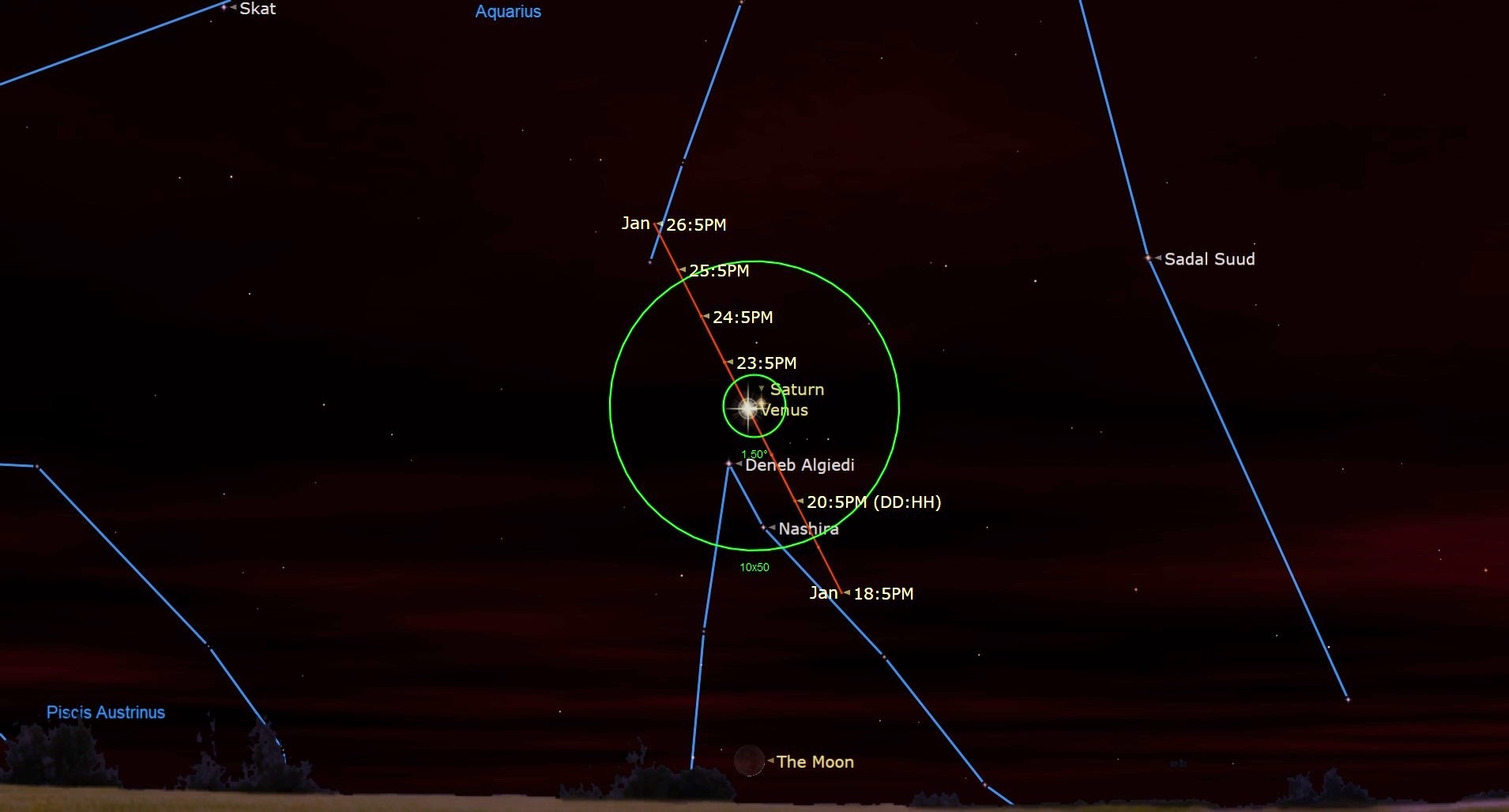
See Venus and Saturn snuggle in the sky Sunday (Jan. 22)
By Joe Rao published
Venus and Saturn will be in conjunction on Sunday (Jan. 22), appearing close enough together in the sky to both be seen through a telescope. The close pairing will also be visible to the naked-eye.
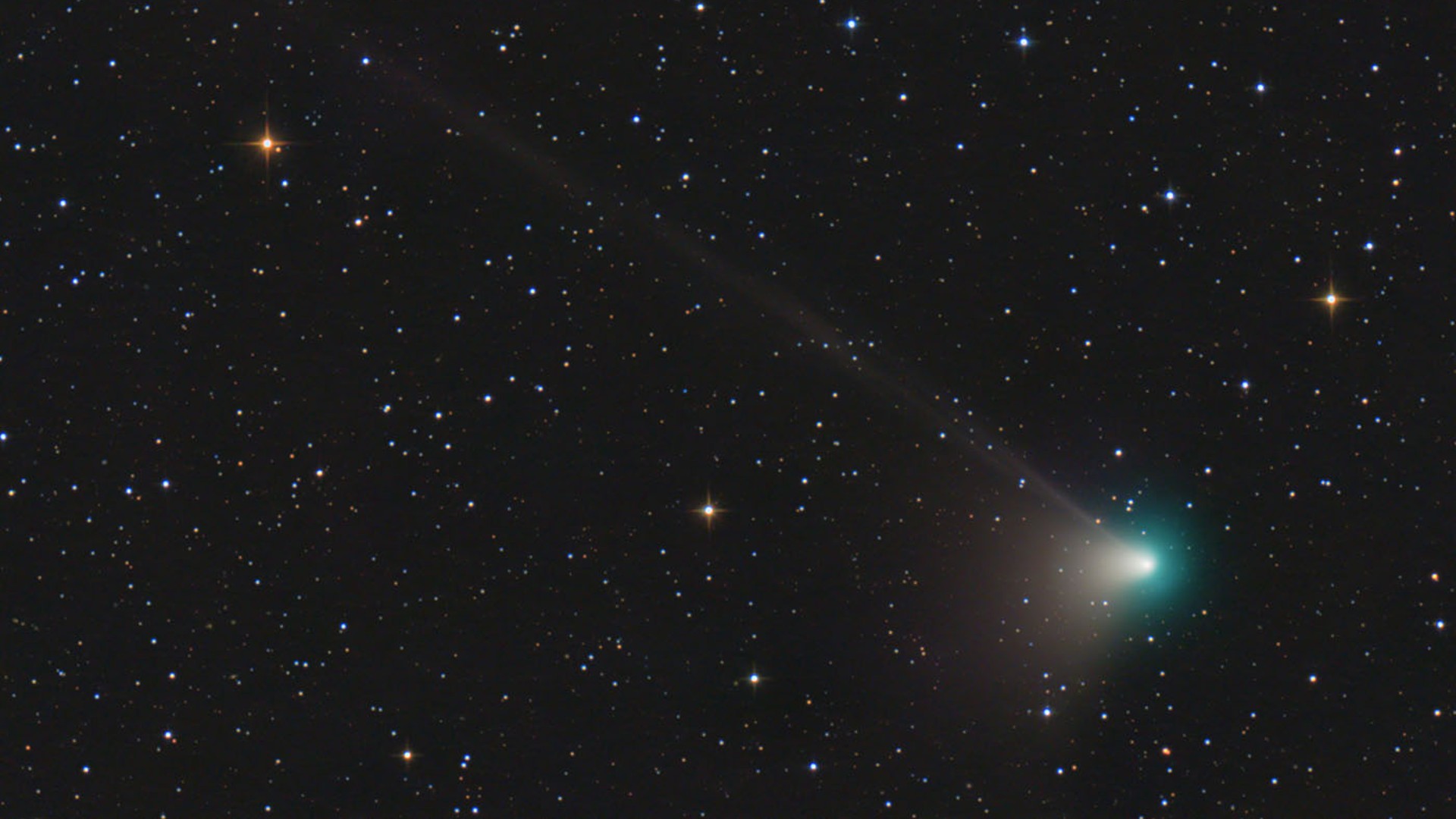
A comet not seen in 50,000 years is coming. Here's what you need to know
By Joe Rao published
On Feb. 1, comet C/2022 E3 (ZTF) will pass to within 28 million miles (42 million km) of our planet, its first visit in 50,000 years.

Quadrantid meteor shower, one of the best of the year, peaking now at the wrong time
By Joe Rao published
The bright moon will interfere with the 2023 Quadrantid meteor shower this year, limiting the shooting star display.
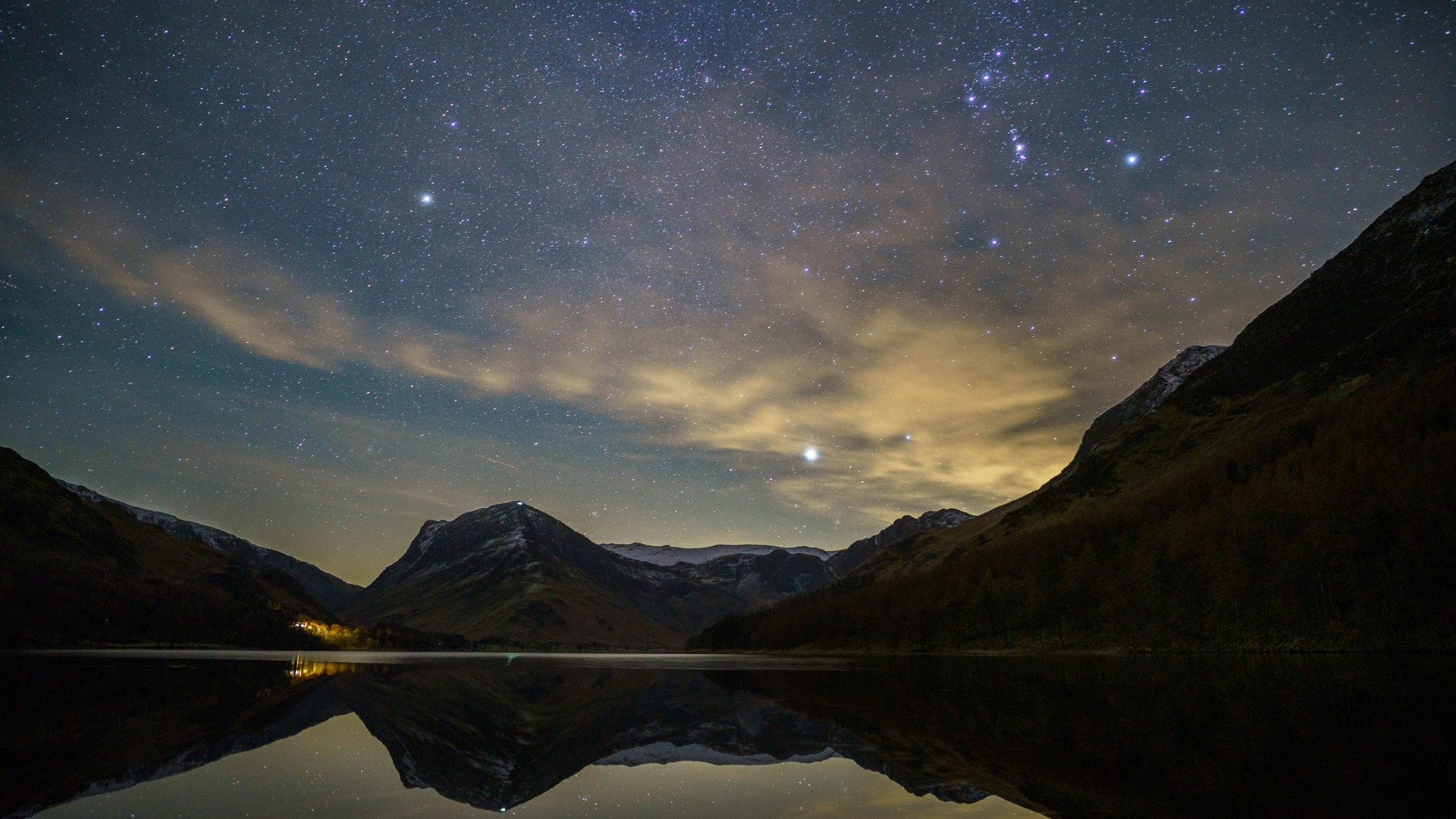
The 15 must-see skywatching events of 2024
By Joe Rao last updated
Here are some of the more noteworthy sky events that will take place this upcoming year.
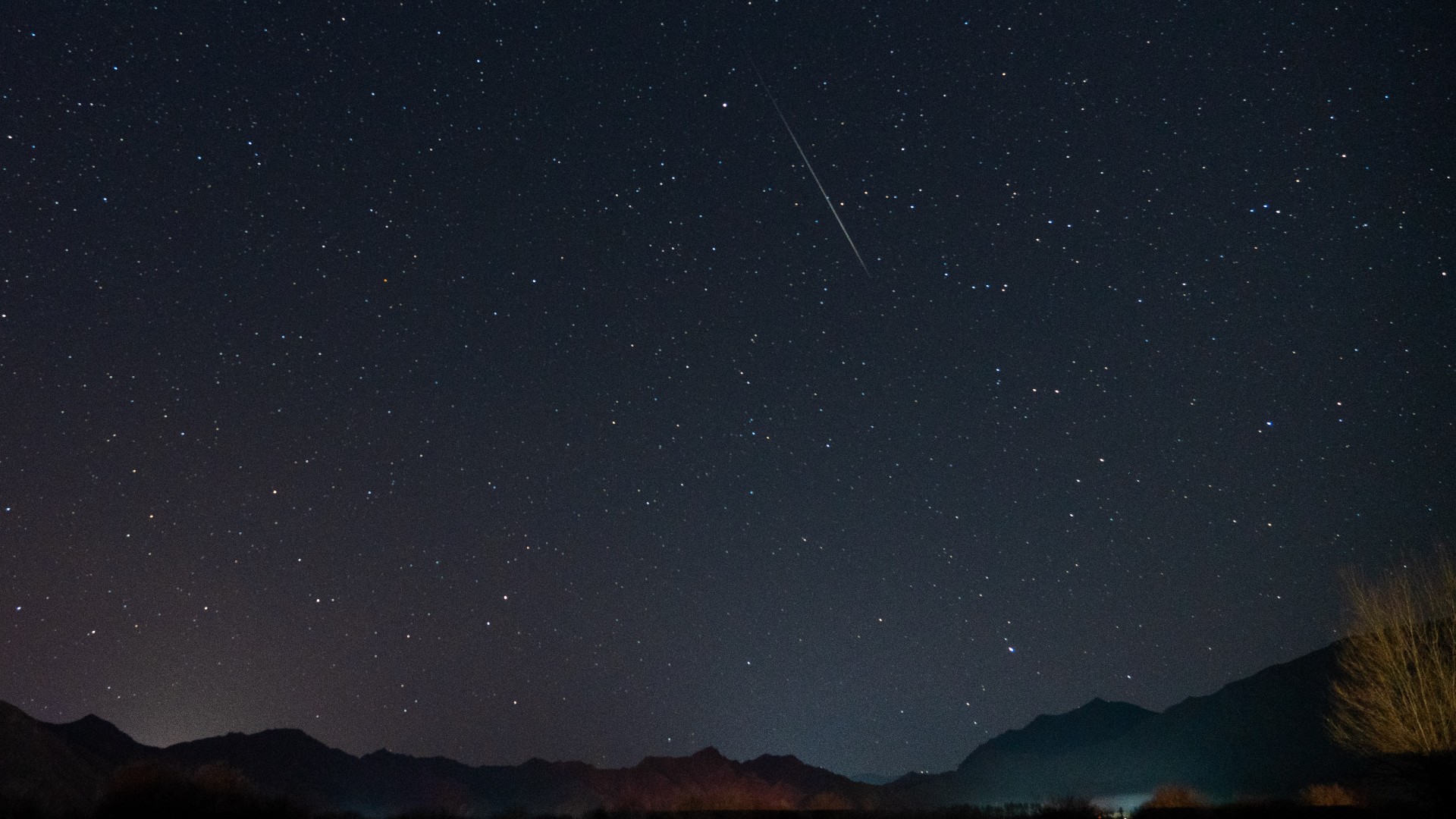
Ursid meteor shower shines with ideal dark sky conditions this year
By Joe Rao published
The moon will be at new moon phase on Dec. 23 when the Ursid meteor shower reaches its peak, meaning it won't provide any hindrance at all for meteor watching.
Get the Space.com Newsletter
Breaking space news, the latest updates on rocket launches, skywatching events and more!

